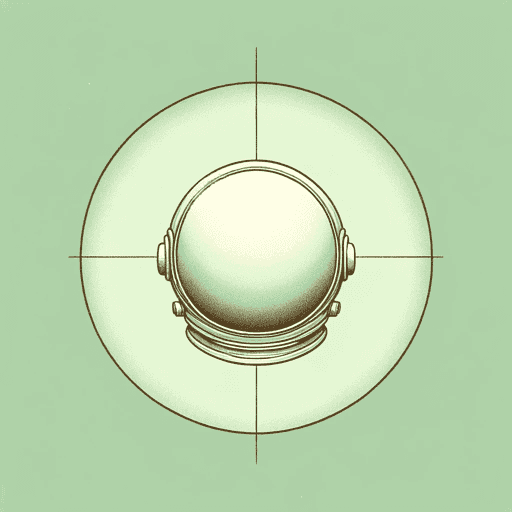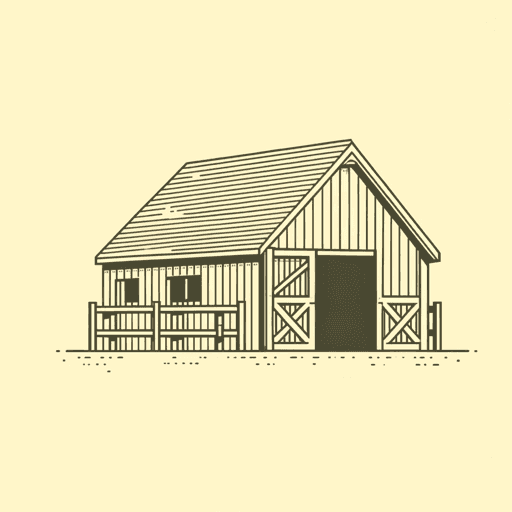63 pages • 2 hours read
That Hideous Strength
A modern alternative to SparkNotes and CliffsNotes, SuperSummary offers high-quality Study Guides with detailed chapter summaries and analysis of major themes, characters, and more.
Summary and Study Guide
Overview
That Hideous Strength (1945) is a science-fiction novel by writer C.S. Lewis. Lewis subtitled the book “a Modern Fairy-tale for Grown-ups.” The book is the third installment in the renowned Space Trilogy, which also includes Out of the Silent Planet and Perelandra. Though characters and plot devices from the two previous books appear in That Hideous Strength, it’s written so that it can be read as a standalone book. Like Lewis’s other work, the novel explores themes of morality, Christianity, faith, obedience, love, and the human condition. A professor of medieval and Renaissance literature at both Oxford and Cambridge, C.S. Lewis, who wrote more than thirty books, is perhaps most known for The Chronicles of Narnia, The Screwtape Letters, and Mere Christianity. Lewis died in 1963.
Plot Summary
The novel, as the final book in a trilogy, follows an earlier character, Dr. Ransom, as he attempts to repel the forces of evil with help from a group of friends. The evil is in fact another vestige of the earlier books and takes the form of beings known asbad eldils. These eldils now control certain aspects of earth, including a technocratic organization known as the N.I.C.E. The aim of the N.I.C.E. is to reeducate man, with its end goal being to eradicate most of humankind and rid the world of all organic life. The N.I.C.E. slowly takes over local government and, from a place called Belbury, enacts a devilish plan to bring its goals about. Dr. Ransom, with his band of friends and followers, attempts to thwart this plan from the manor at St. Anne’s. Dr. Ransom is in contact with celestial eldils, whom he has met in previous books. The celestial eldils know of the N.I.C.E.’s true plans, and who’s behind these plans, and they want Dr. Ransom to help stop the calamity.
One of the main plot points in the narrative is the figure of Merlin, known as Merlinus Ambrosius. Merlin is an ancient figure who may or may not be entombed under Bragdon Wood, which is a “forest” on the premises of Bracton College. Bracton is where many of the characters in the novel work as fellows and professors, including one of the central characters, Mark Studdock. When it is revealed that Merlin is in fact real and that whichever side obtains his power may have the upper hand in the fight, both sides set out to seek Merlin’s help. Merlin, however, has plans of his own. Now awake, he seeks out the Pendragon of Logres to offer help. The reader soon realizes that the Pendragon (the protector of Logres), who was once both King Arthur and Uther, is none other than Dr. Ransom. Having found the man he is tasked to serve, Merlin pledges his allegiance to Ransom and his band of followers.
Merlin’s arrival on the scene, however, is not a smooth one. For starters, the N.I.C.E., who want to use Merlin, even by force if necessary, nab the wrong man and begin their final preparations for the dissolution of humankind. Chief initiates into the N.I.C.E.—including the Deputy Director, John Wither, and alsoDr. Frost—seek to turn their mentors into people of absolute objectivity, putting Mark’s life—and the life of Jane, his wife—into grave danger. Meanwhile, people who’ve pledged their support to Dr. Ransom, also known as Mr. Fisher-King, must deal with Merlin’s medieval worldview. An important part of the text, which is embodied in the presence of Merlin, is the fact that, at one point in time, the veil between what’s considered good and evil was thin. Because of this, a person like Merlin, who practices what readers would now call magic, and who spoke with beings neither good nor evil buta bit of each, can still be a good man, despite sometimes seeming as though he may not be so. It takes the others in Ransom’s group—Jane; the Dimbles; the Dennistons; Mrs. Maggs; and Grace Ironwood, among others—a bit of time to fully understand that Merlin is a product of an ancient time, yet someone still seen as good by the Christian God because he means well.
Merlin, with the power of the celestial eldils, shows the group his good intentions by enacting a plan to help rid the world of the N.I.C.E. and its plans for destruction. Though Lewis himself admitted that the book begins slow and that the reader is introduced to the science fiction aspect gradually, the book’s ending is a fast-paced and brings both sides together in an explosive climax. Mark and Jane Studdock—two of the central characters—plus the others at St. Anne’s, must put their faith and obedience to the test and believe that, before the night is over, the world will be saved.



Related Titles
By C. S. Lewis




















